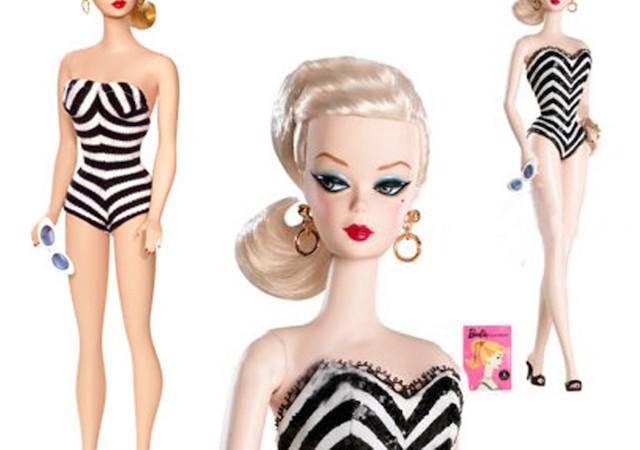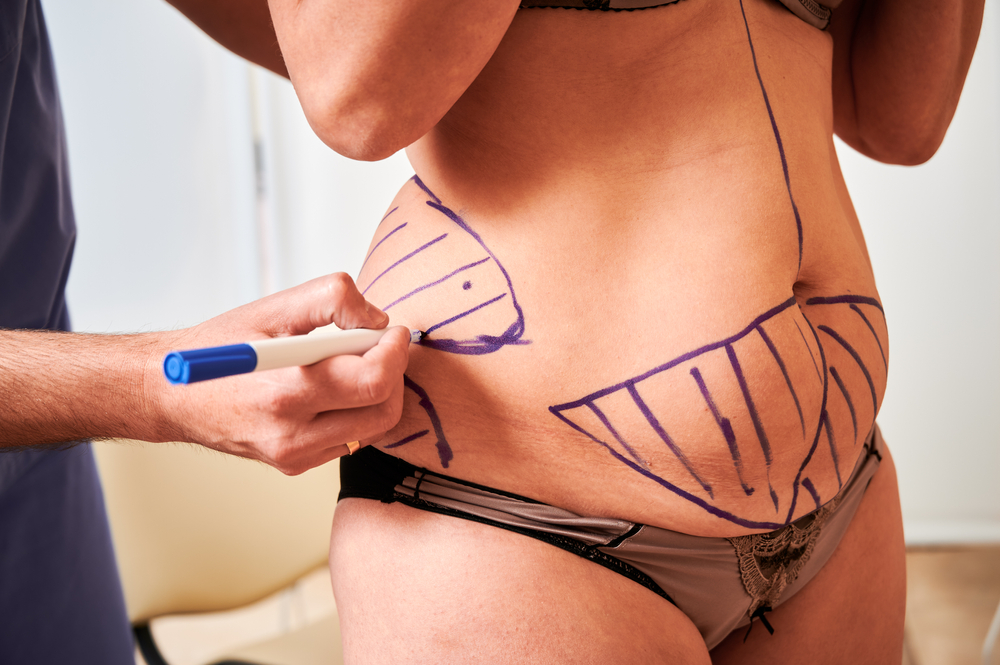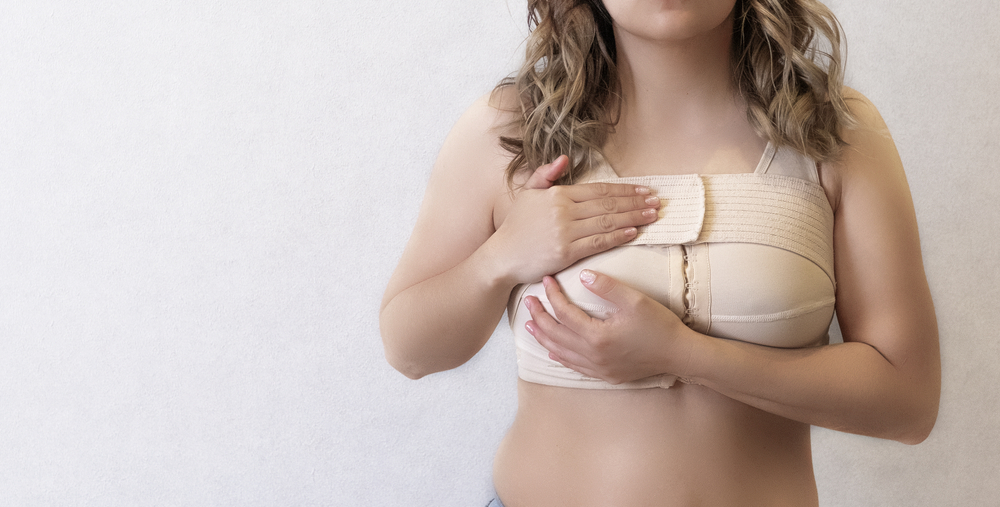
What does Plastic Surgery have to do with Barbie Dolls? A lot actually. For better and for worse, the psyches of many a young girl (and now women) have been warped by Barbie dolls. These dolls seem fairly innocuous until you dig deeper into the history behind them. The iconic doll is actually a derivative of a German cartoon character named Lilli who “used sex to get what she wanted.” Lilli later metamorphosed into doll originally marketed to adults that many German parents considered inappropriate for children. Lilli was discovered by Ruth Handler and redesigned under the Mattel label. Since her introduction in 1959, Barbie has been owned by 90 percent of American girls ages 3 to 10 and is sold in 150 countries.
According to Robin Gerber, author of a book on this tawdry subject titled Barbie and Ruth: The Story of the World’s Most Famous Doll and the Woman Who Created Her:
“Not bad for a doll that was initially inspired by a sexually-themed gag toy for men.”
and
“Who would have thought,” Gerber said. Barbie was thought up by a woman and modeled on a cartoon character “who was essentially a prostitute.”
So, what wrath has Barbie wrought upon the minds of bodies of women over the years you ask? Well, a lot. For starters, Barbie’s proportions are literally impossible to obtain regardless of age. While it is difficult to prove a direct link to depression, eating disorders, and unnecessary plastic surgery, many psychologists have felt Barbie has contributed her fair share:
“Though the 11.5-inch doll can’t be single-handedly blamed for the eating disorders and body-image issues that plague young women, Ellyn Kaschak, a psychology professor at San Jose Sate University in California, said Barbie, especially given her prevalence, is part of the problem.
“I don’t think the concerns are overblown at all,” said Kaschak, one of the founders in the 1970s of the feminist psychology field. “Blow her up to normal [human] size, and she’d fall over,” she said of Barbie’s unattainable figure.”
In its purest form, Plastic surgery is about restoration. When used correctly and for the right patients, plastic surgery procedures such as abdominoplasty or liposuction or breast augmentation possess enormous power to achieve this end. They should not be used as subliminal tools to recreate a living, breathing sex doll.
In part II of Barbie’s influence on Plastic Surgery, I will examine recent anthropomorphic analysis derived from 3D printing technology that compared Barbie’s dimension in comparison to that of a normal 19 yr old.
http://www.cnn.com/2009/LIVING/03/09/barbie.50th.anniversary/










